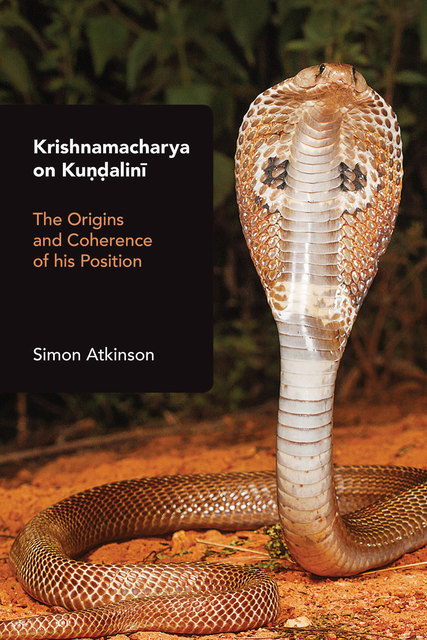Atkinson/Krishnamacharya, 7. Discussion and Conclusion

Full description
The Discussion and Conclusion draws together the findings of the previous chapters and evaluates Krishnamacharya’s position. Krishnamacharya’s teaching on kuṇḍalinī has a valid textual basis but the number of supporting texts is limited. The chapter challenges a claim that all texts support Krishnamacharya’s view, arguing that his conception of kuṇḍalinī is one of several textually-valid conceptions. Those arguing for Krishnamacharya’s position need to be very selective in which texts they cite and which manuscripts they use for particular verses. They also need to employ complex exegesis to paper over the cracks in some texts and they need to critically reject other parts of the same texts that describe kuṇḍalinī differently. The book ends by challenging the tradition’s emphasis on traditional texts and its presentation of Krishnamacharya’s conception of kuṇḍalinī as an accurate realist account of something that has objective existence. Instead, it argues that his conception is best regarded as an idealized and simplified model for one’s subjective experience. Krishnamacharya’s teaching on kuṇḍalinī should be judged primarily by how useful it is in describing experience and guiding practice, not by how well it is supported by texts.
- typeImage
- created on
- file formatjpeg
- file size370 KB
- container titleKrishnamacharya on Kundalini: The Origins and Coherence of his Position
- creatorSimon Atkinson
- isbn9781800501539 (eBook)
- publisherEquinox Publishing Ltd.
- publisher placeSheffield, United Kingdom
- rightsEquinox Publishing Ltd.
- doi
We use cookies to analyze our traffic. Please decide if you are willing to accept cookies from our website. You can change this setting anytime in Privacy Settings.
